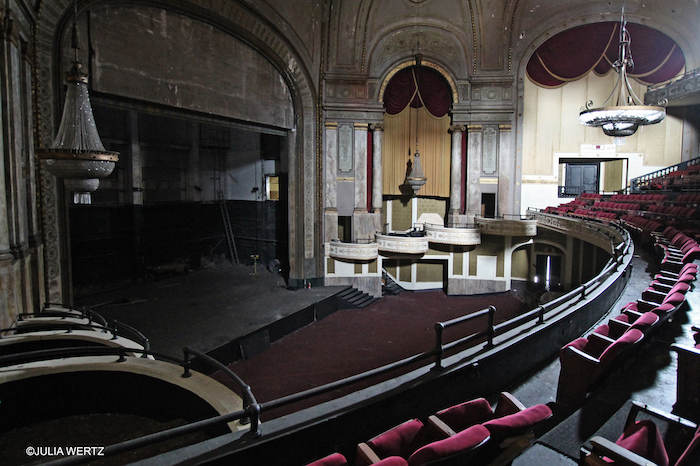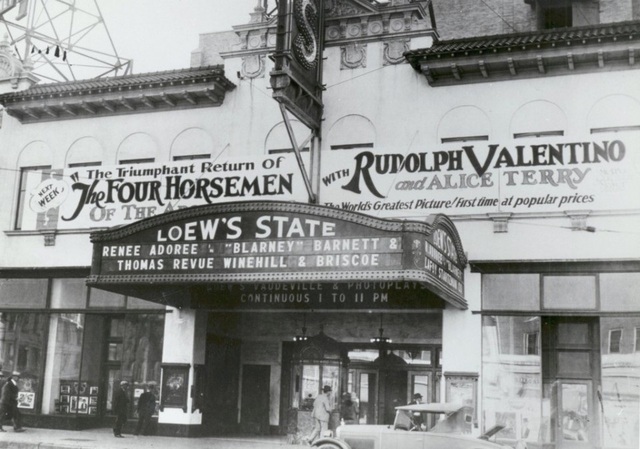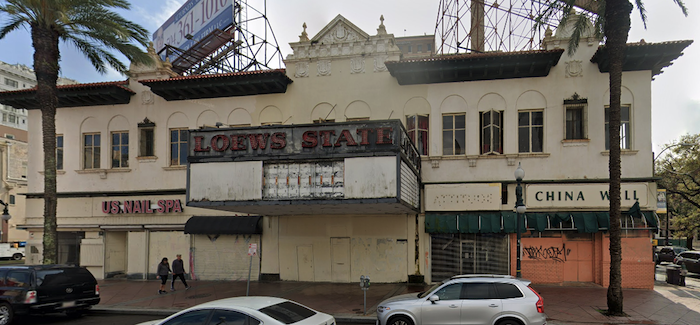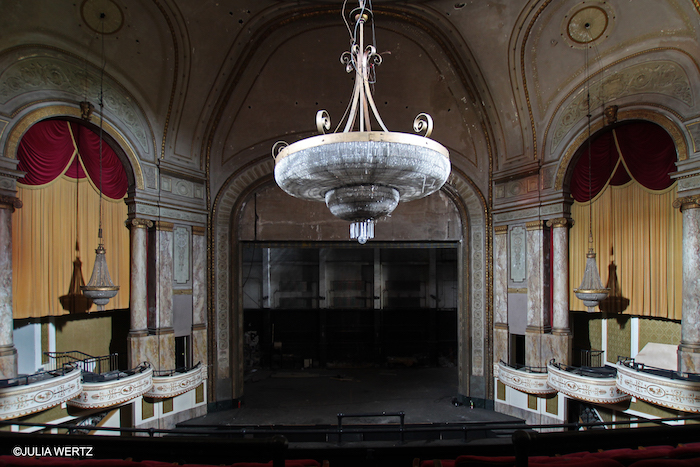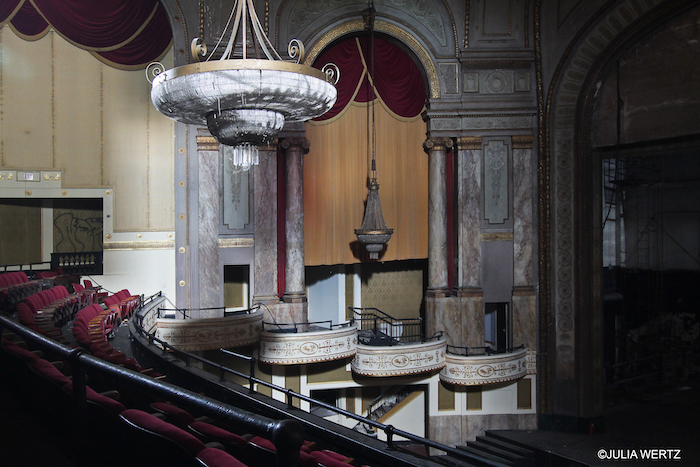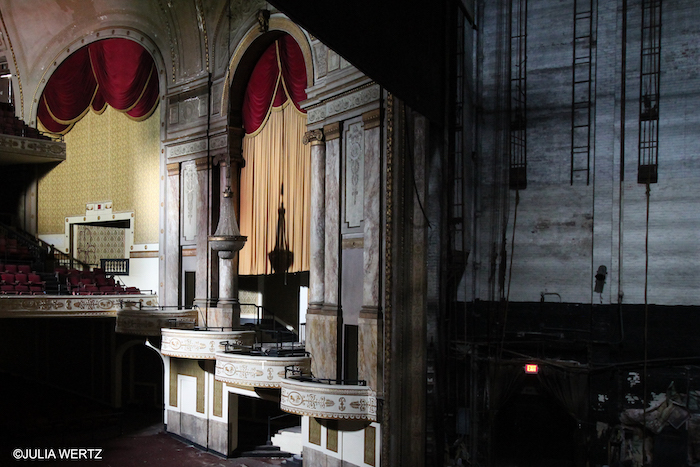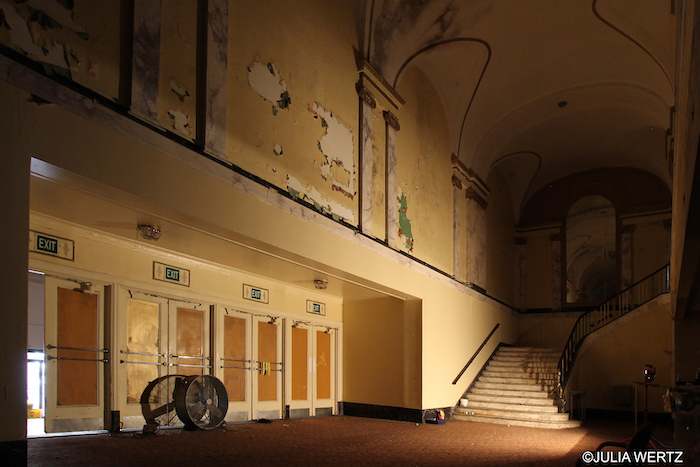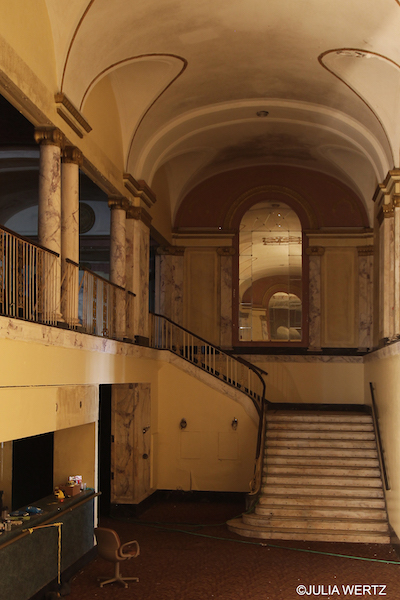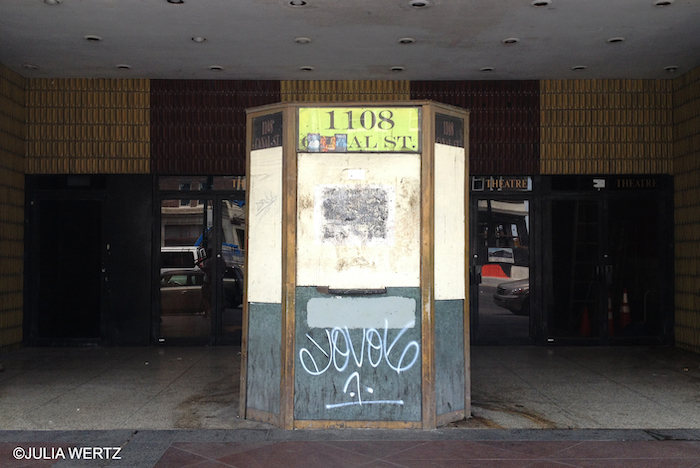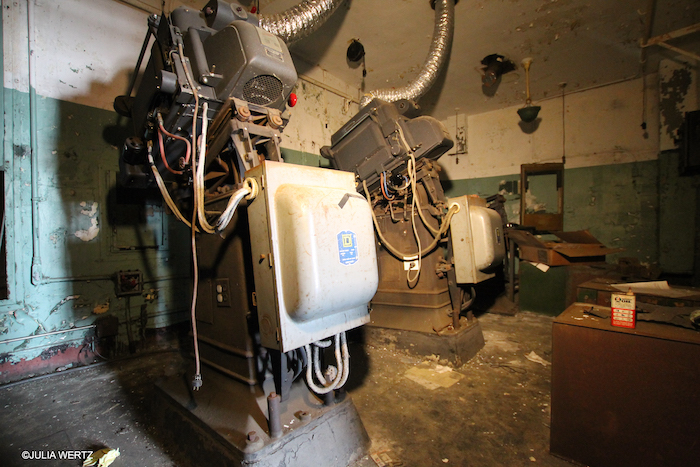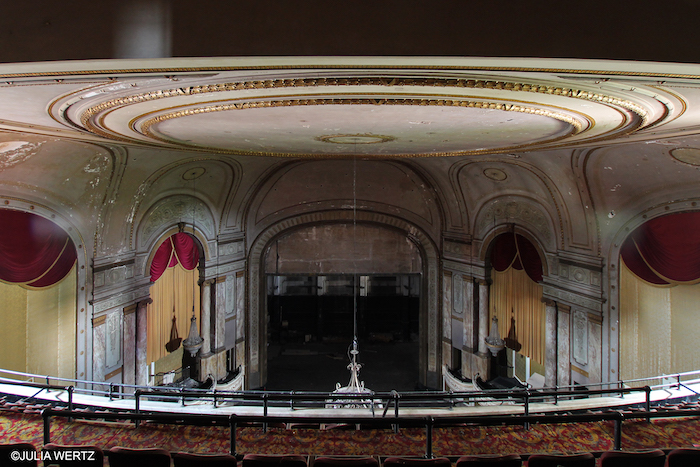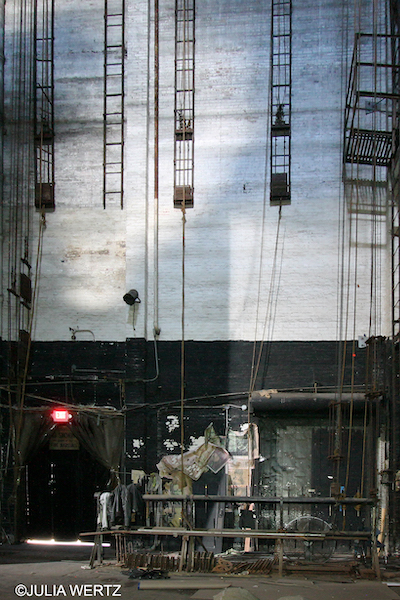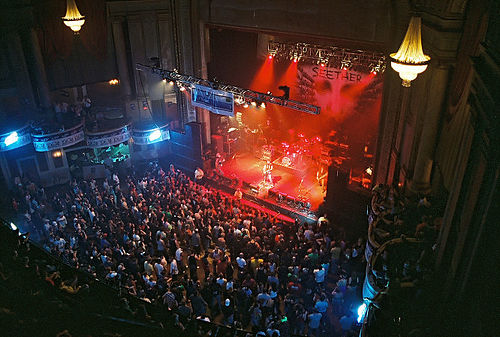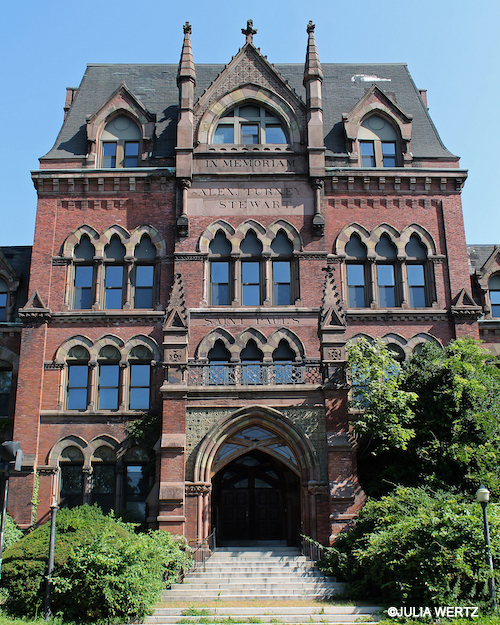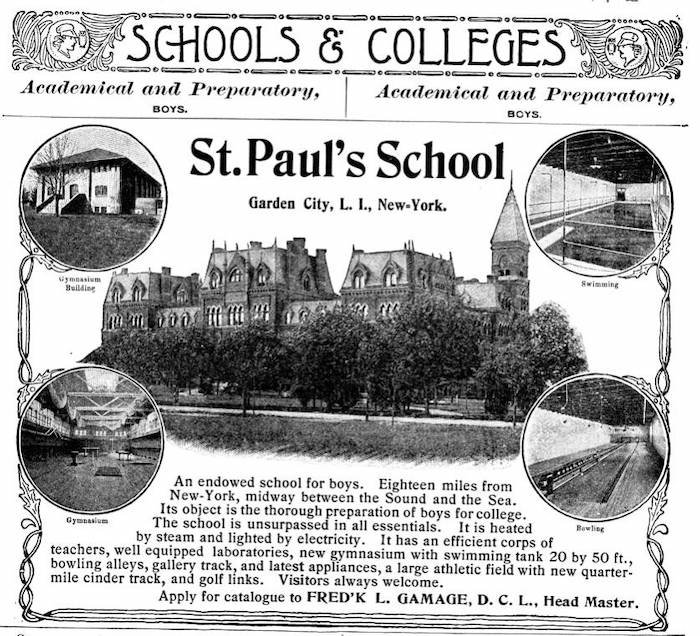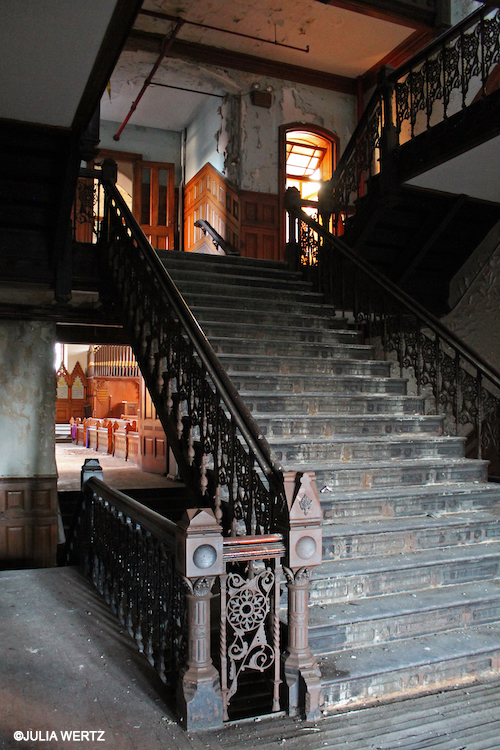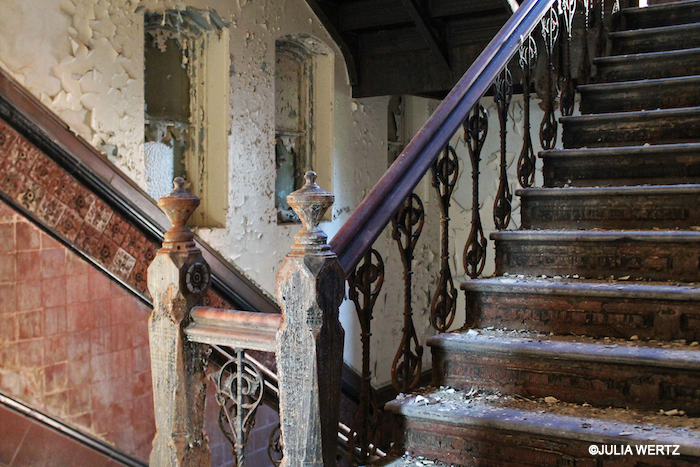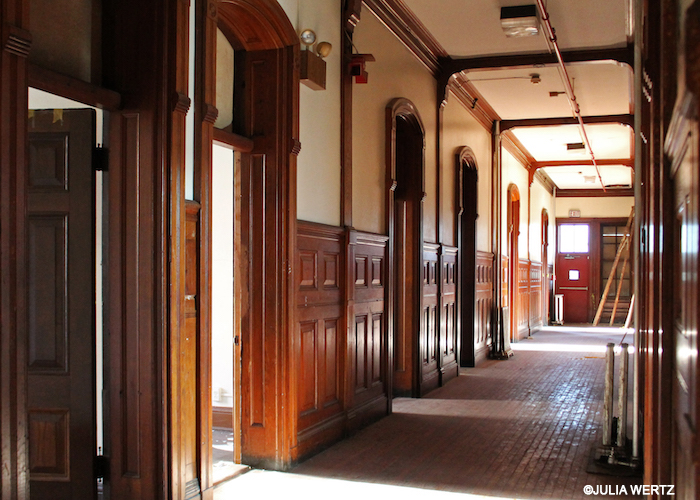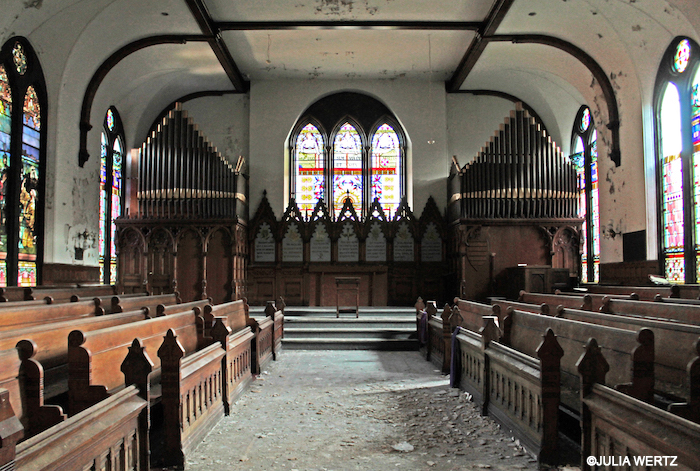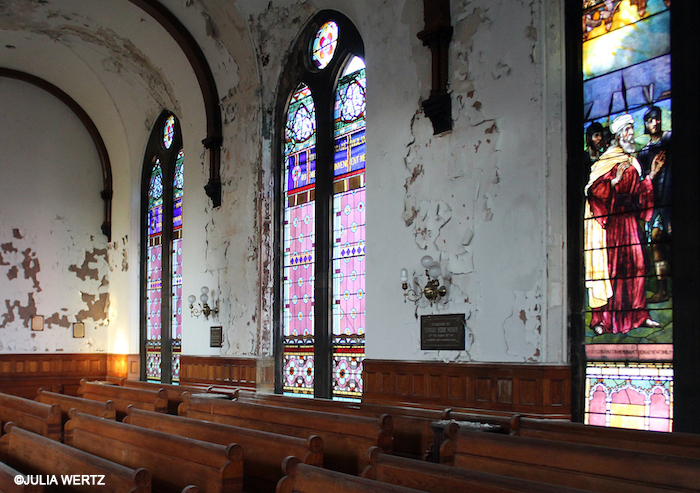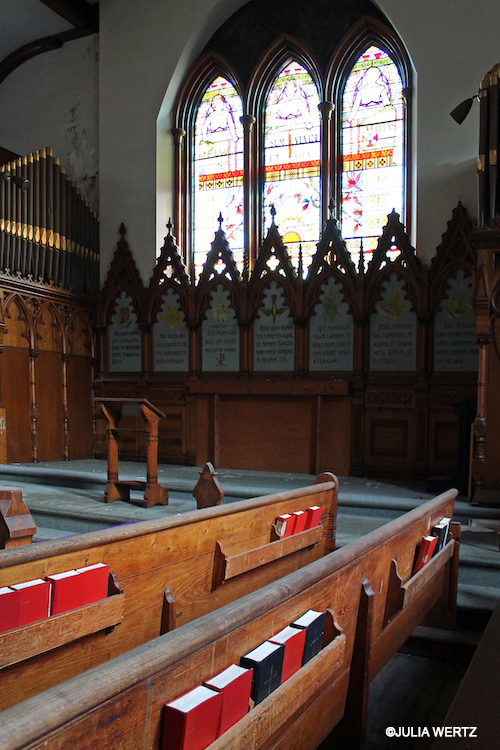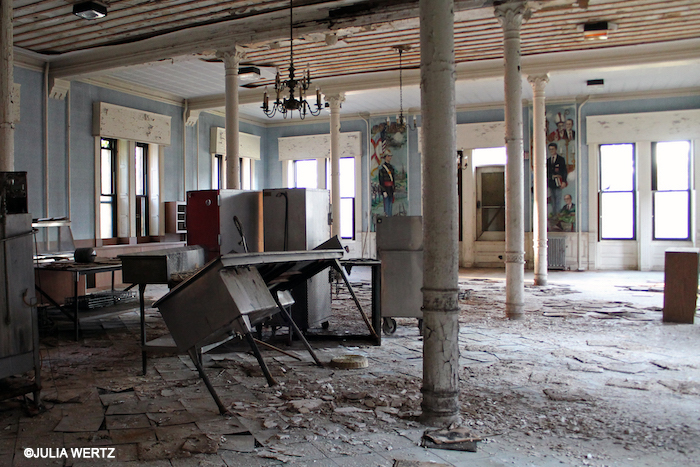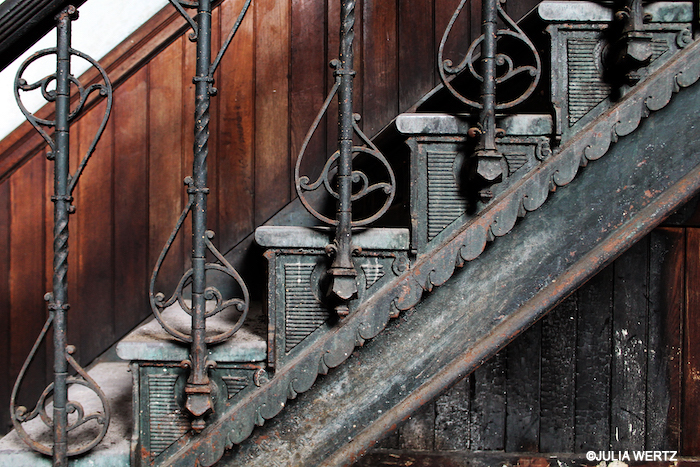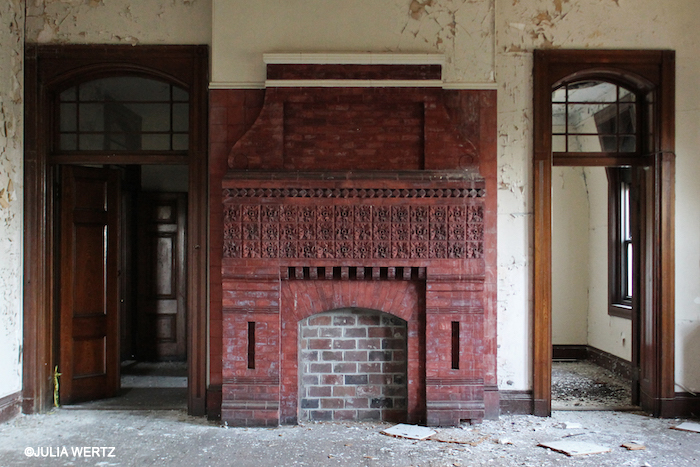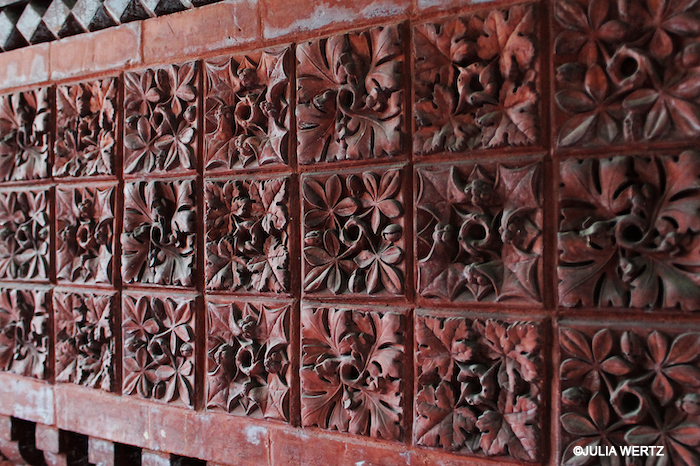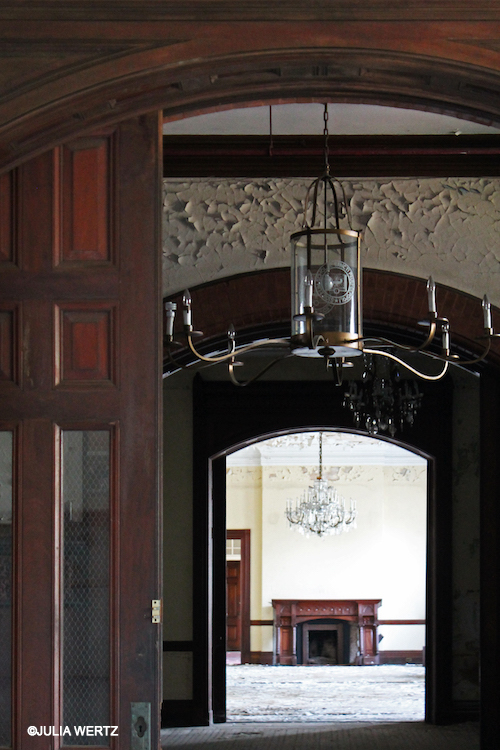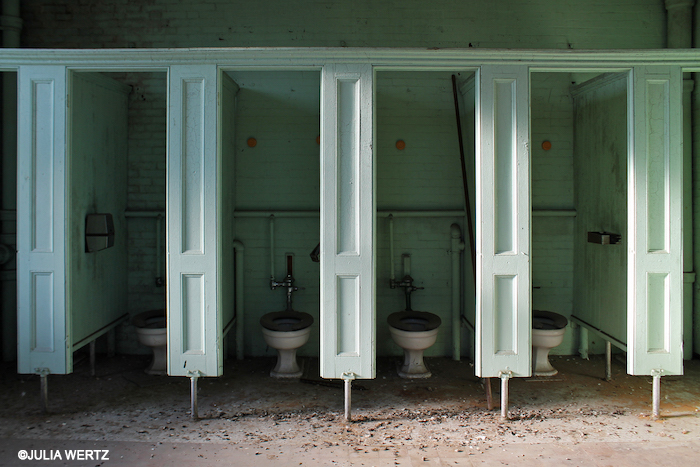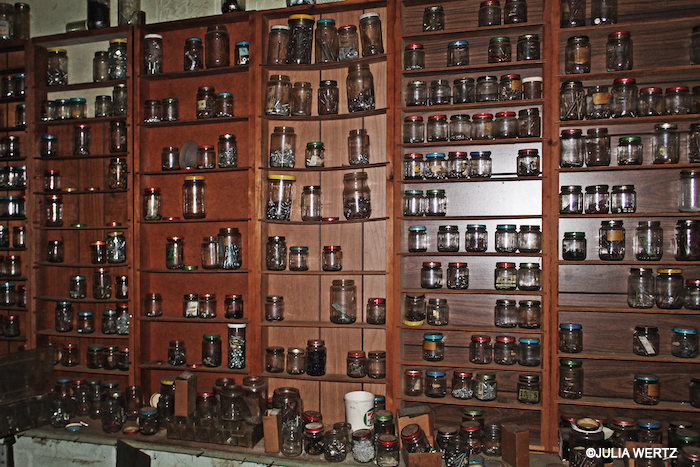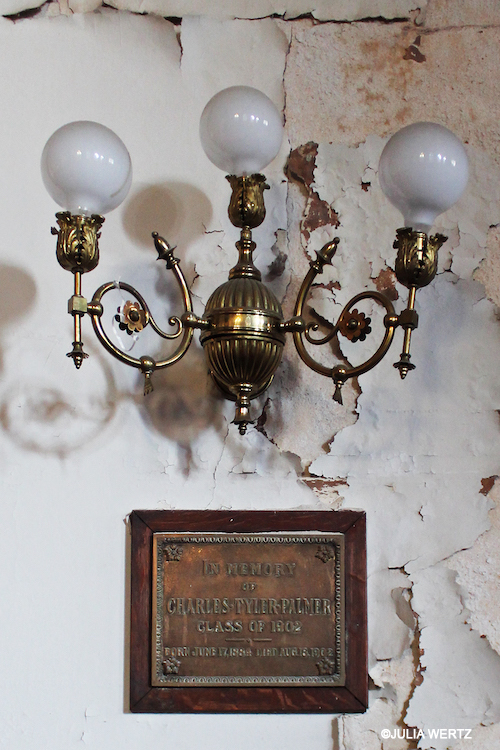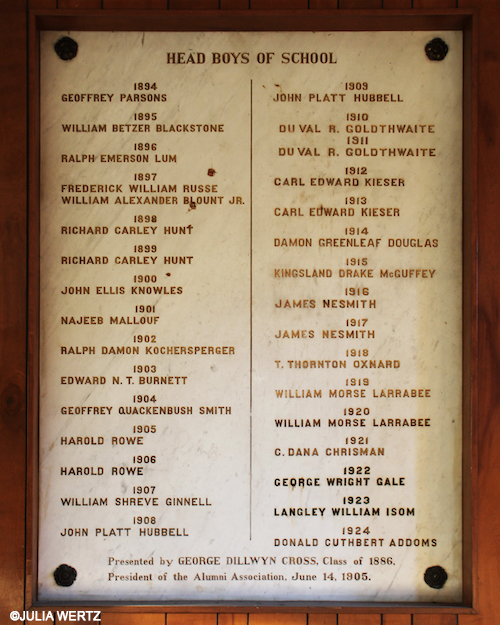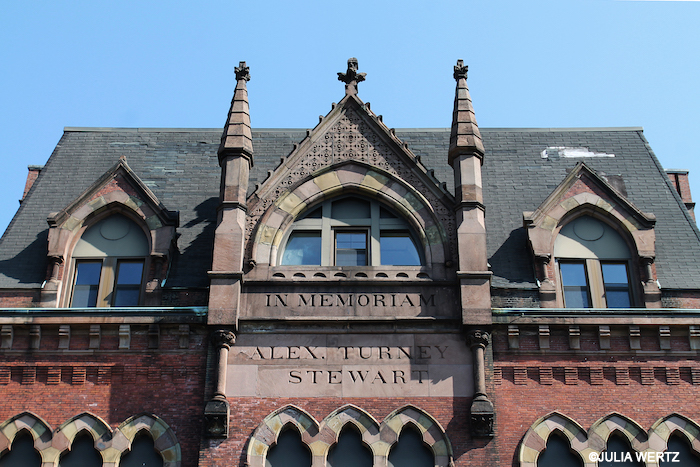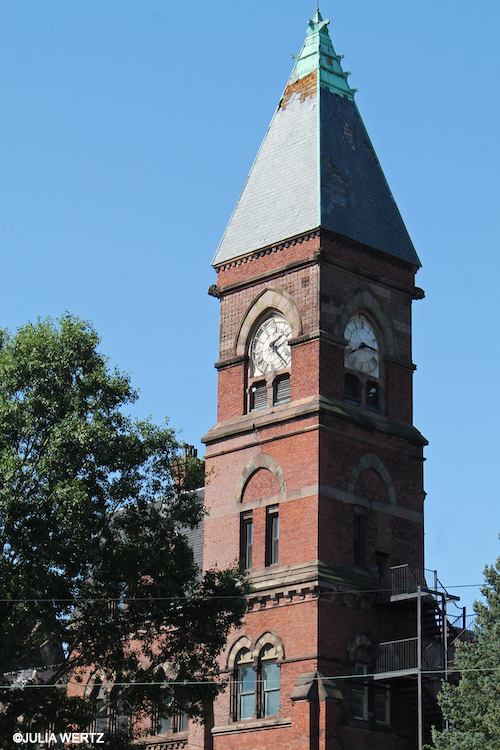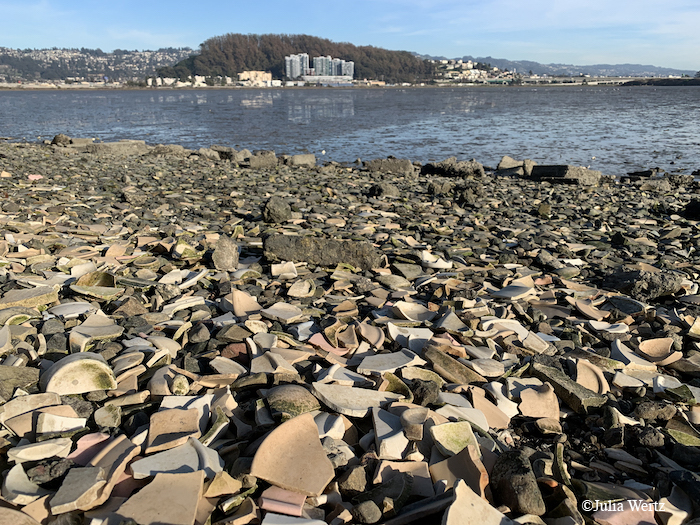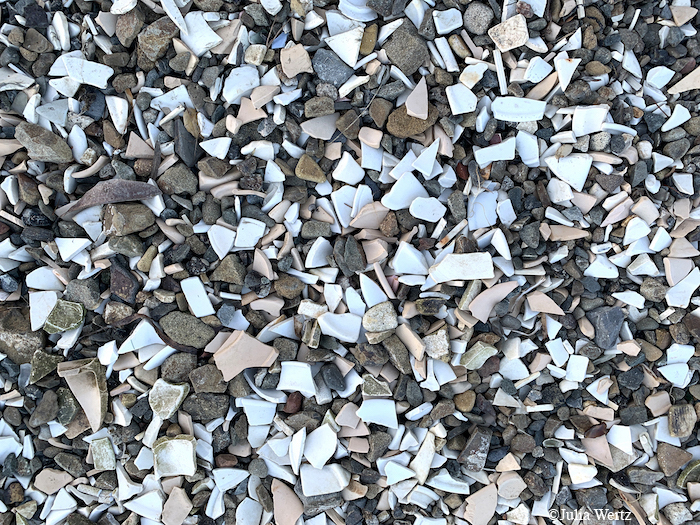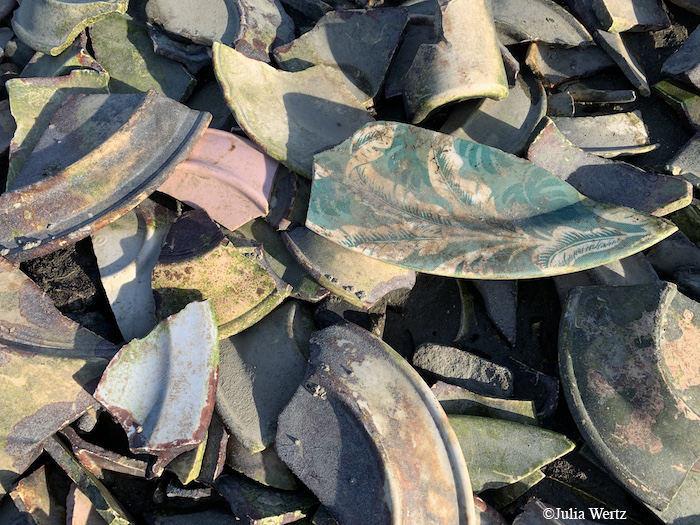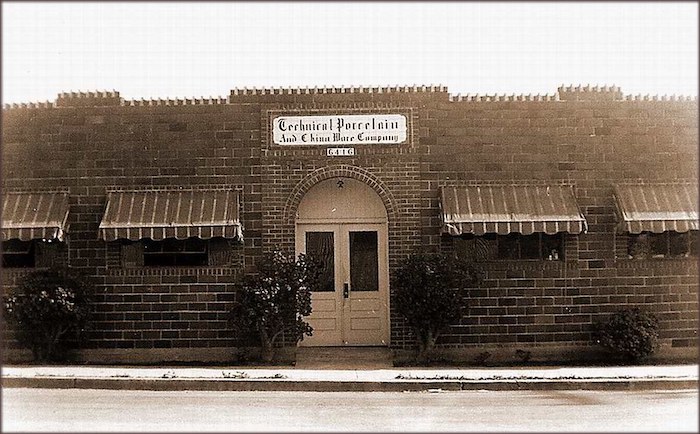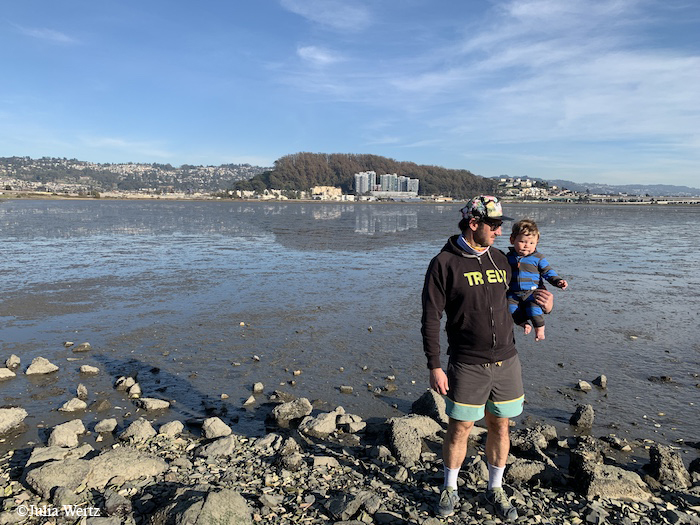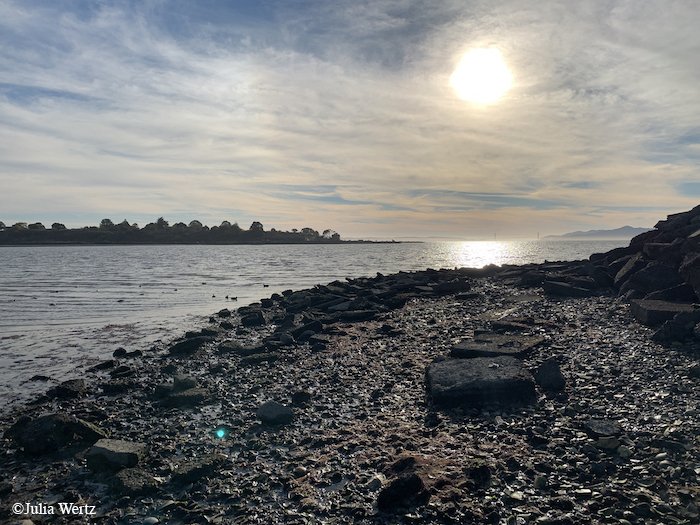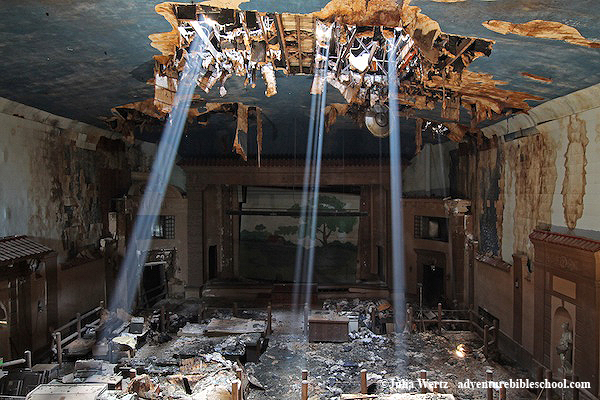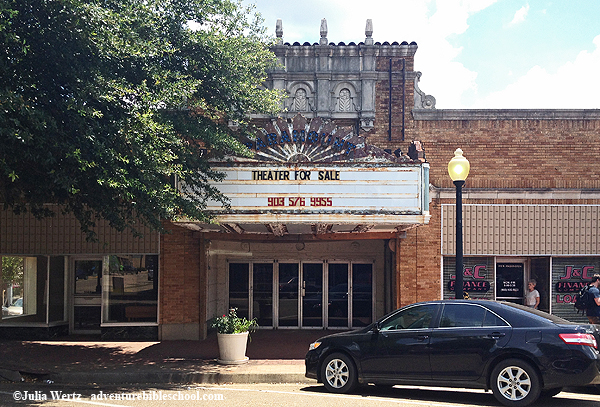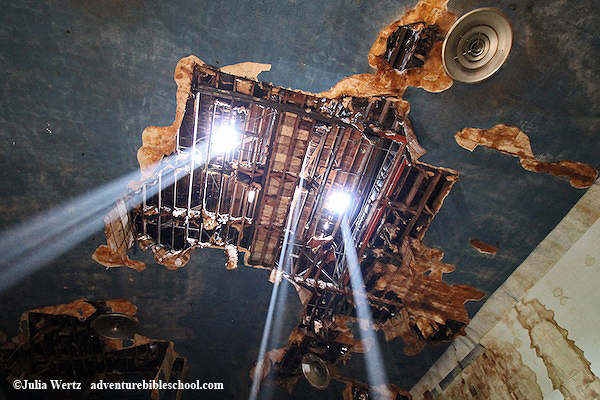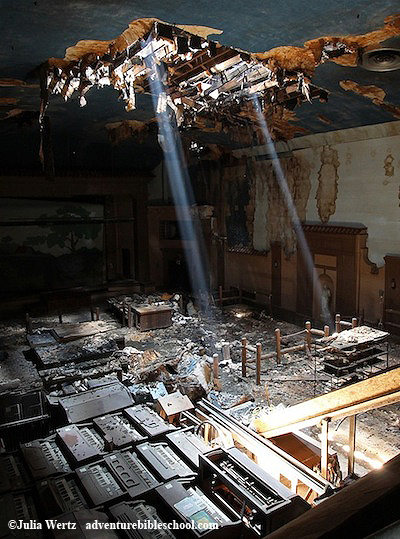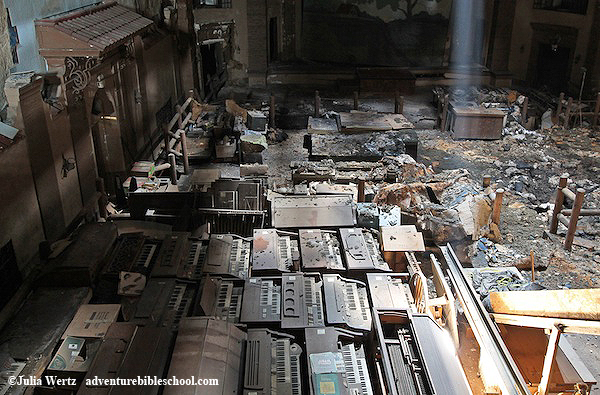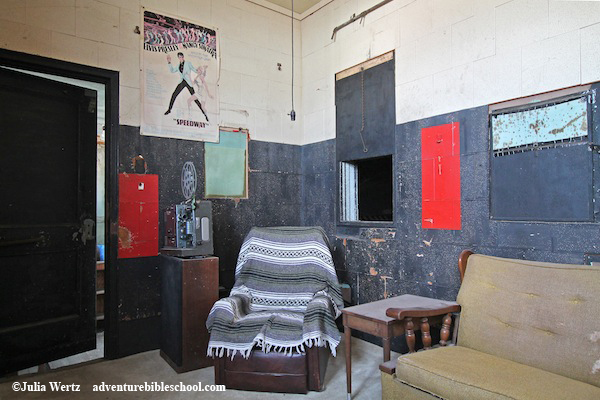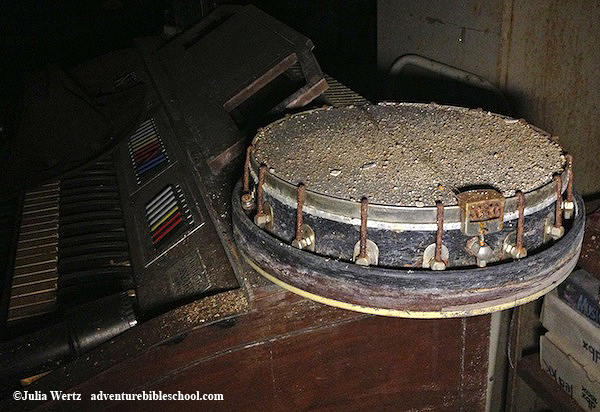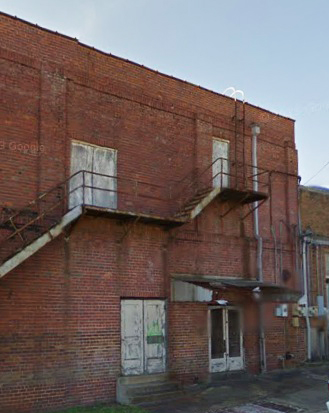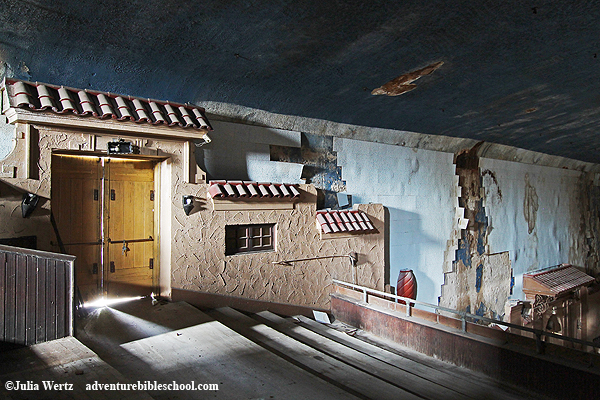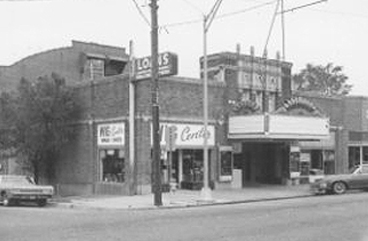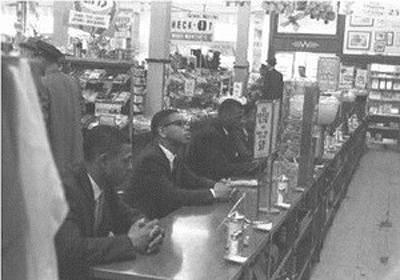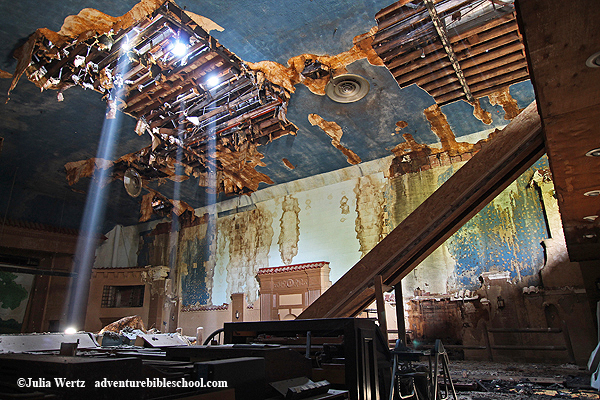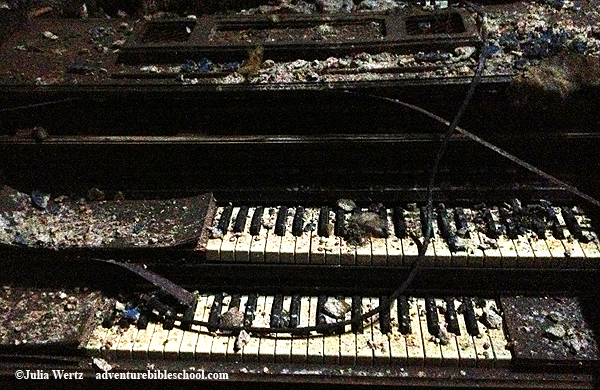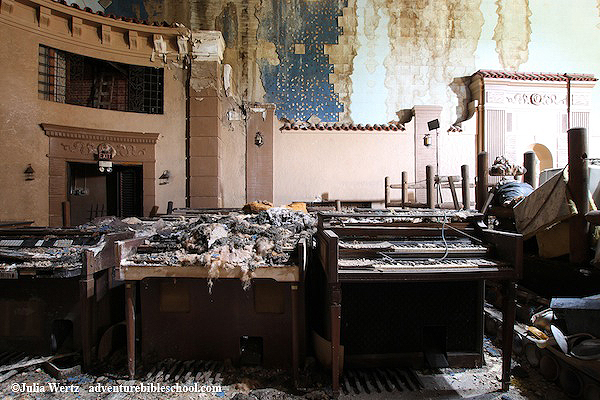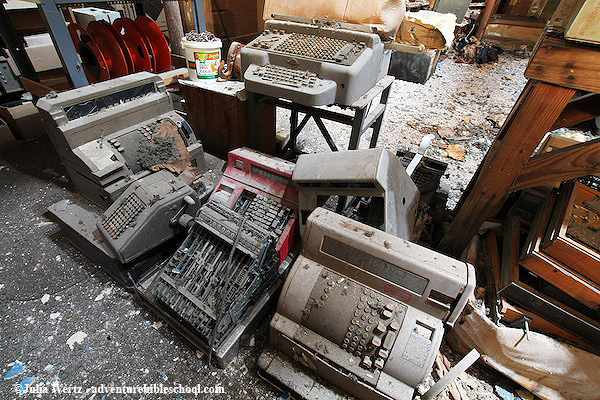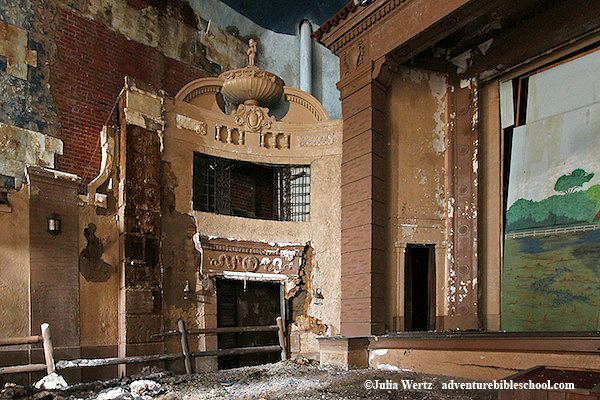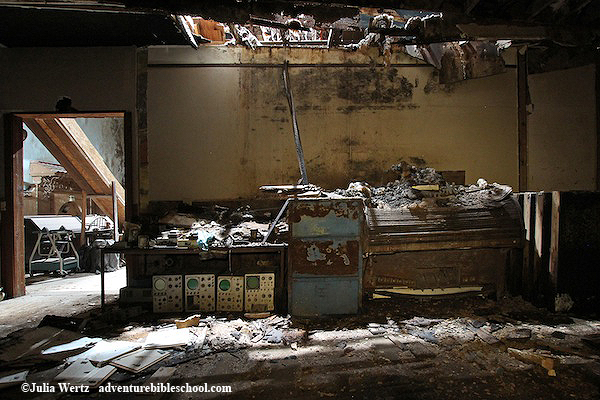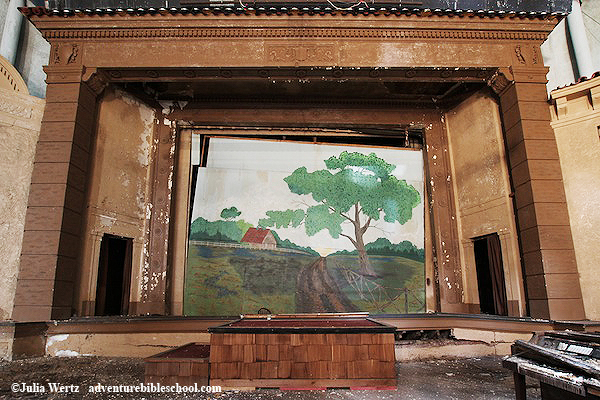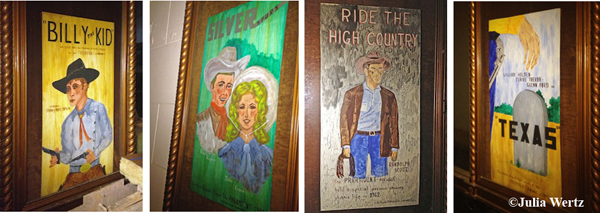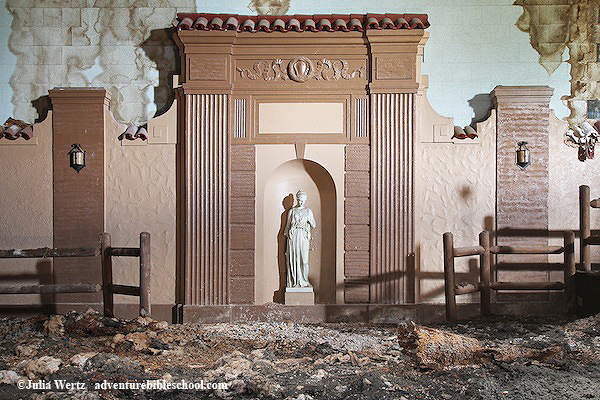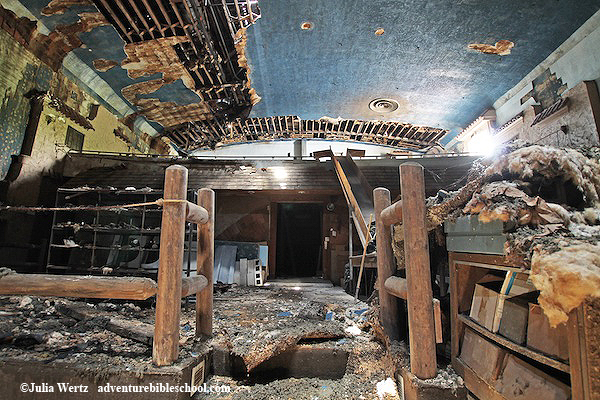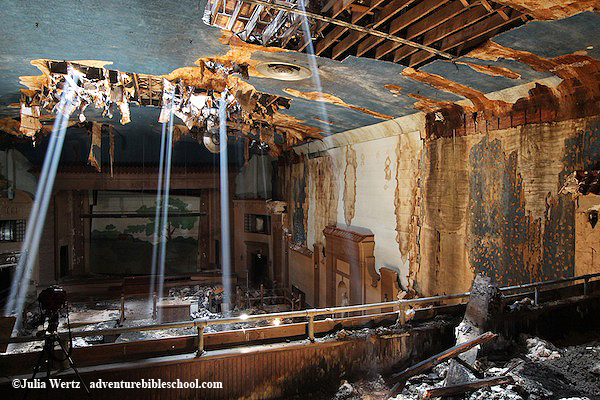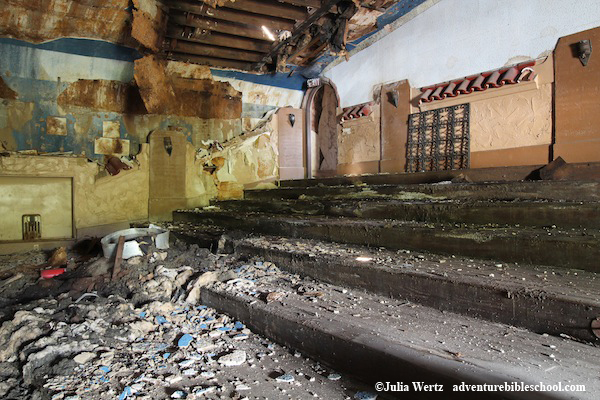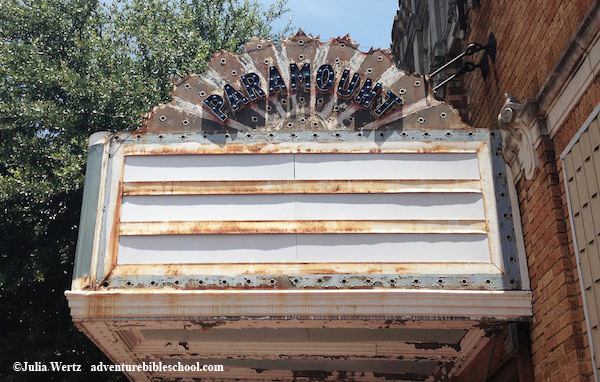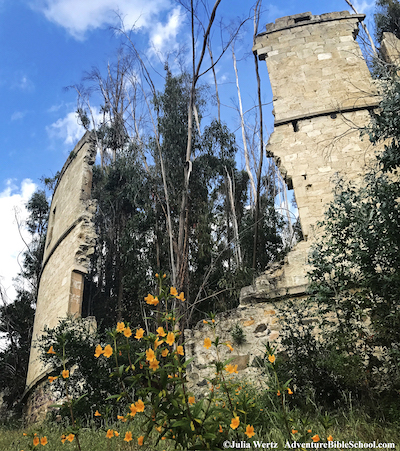
Disclaimer #1: All current photos (1998-2018) were taken by me, Julia Wertz. I’ve been photographing the Napa Soda Springs ruins since I was in high school. Many of these photos appear before and after a fire in 2007, as well as the devastating Atlas Fire of 2017. All historical images are from common-use postcard images, the Napa Library, and the Napa Historical Society. All timeline quotes are from Wine Merchant. See the end of the post for direct links. Please do not reproduce any of these images without permission from myself or the proper outlet.
Disclaimer #2: as of late 2019, this property is now for sale! There is a popular article circulating about the sale, but I won’t link here because the original reporter of the piece stole my photos and cropped out my watermark. The article and photos were then sold to a number of other newspapers. After I called it out, I was credited in a few of the papers, but not all of them, and sent a paltry usage fee. The dumbest part of all of this is if the reporter had just asked me, I would have let them use the photos for free.
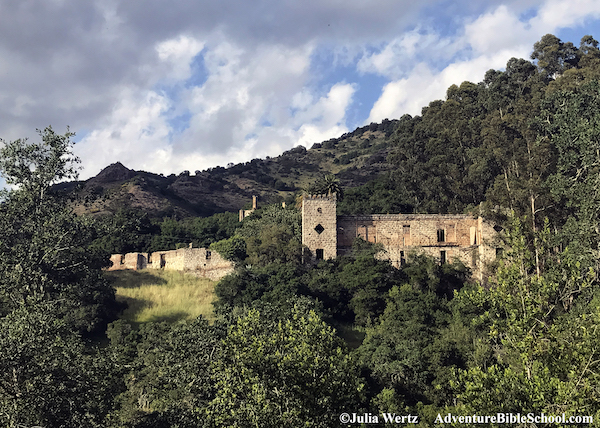
As teenagers growing up in Napa, one of our favorite pastimes was sneaking up to what we called “the Castle” on the east side of the valley hills. No one knew much about the ruins, which were (and still are) on private property. It wasn’t until over a decade after high school when I decided to do some research and discovered Castle was actually the Napa Soda Springs- a fancy resort/spa/hotel -as well as the home of Napa Soda Water and Jackson’s Napa Soda, which were bottled at the source.
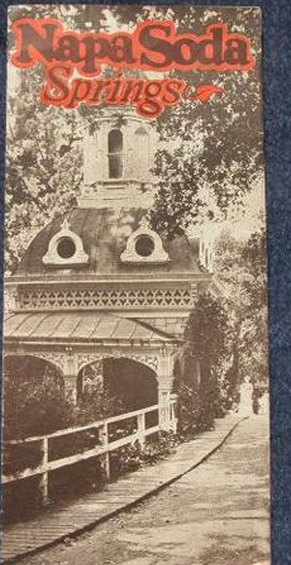
Brochure from 1930
According to the Western History Project, beginning in 1856, “the Napa Soda Springs resort hosted the elites of San Francisco and beyond… Situated above…the eastern hills, it presented a Victorian world at its most pleasant. It remains now as forest-covered ruins, as obscure as its history. Though a common feature of documents and books of the time, more modern writers of California histories seem oblivious of the once-famous Napa Soda Springs resort. It might well have never existed.”
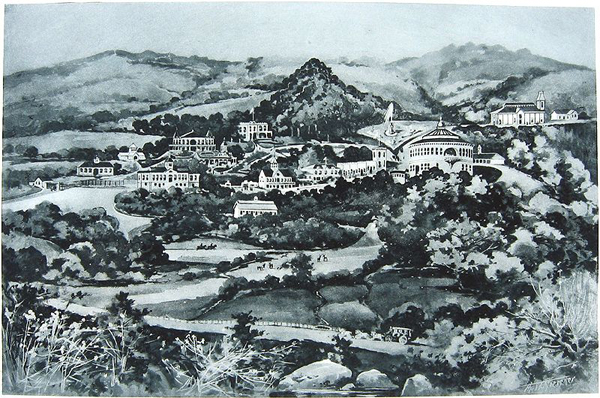
Napa Soda Springs from afar in 1888
It’s strange to have gone there so often without knowing its history, especially considering how I now try to learn as much as I can about a location’s history before I explore it. But as teenagers, we were afraid to ask for details for fear of getting caught. Also, it was the late 90s, so “google it” wasn’t a thing quite yet. I knew its history was known to a few people in town, as I once heard a group of diners talking about it at the restaurant where I worked in early 2000. However, when I mentioned that I’d been there, I was met with four horrified faces, and one of them said, “and just exactly how did you get on the property? We know the owner…” so I mumbled something unintelligible and scampered off to hide in the dish pit until they left.
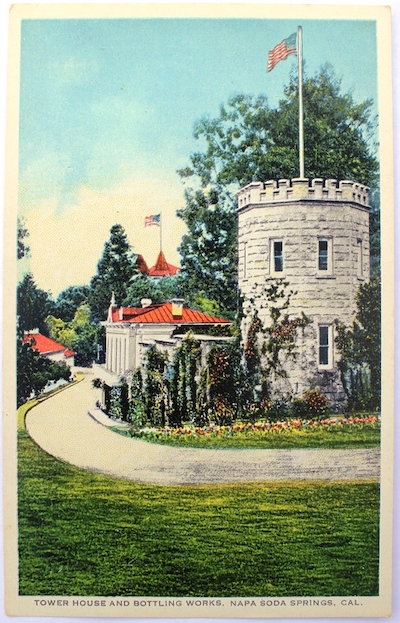
Tower House & Bottling Works in early 1900’s
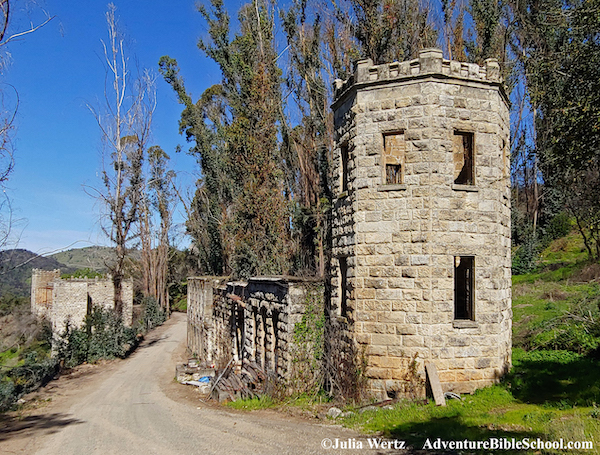
the Tower House & Bottling Works in 2017
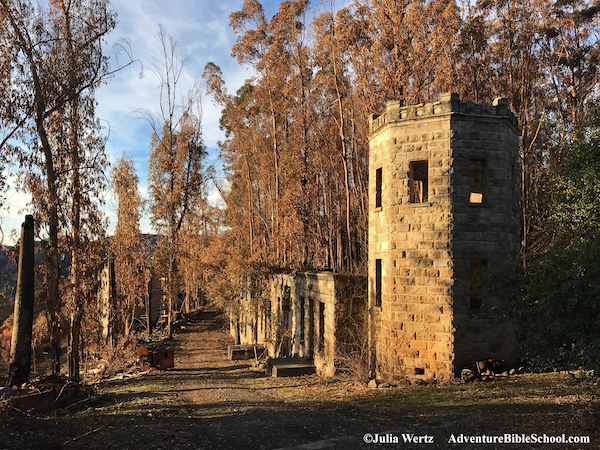
the Tower House & Bottling Works in 2017, post-Altas fire
Before it was a hotel, the Soda Springs area had 27 different mineral springs that were used by the Wappo, Napa’s native Americans. The mineral springs were “discovered” (aka stolen) in 1837. Around 1856, San Francisco lawyer Eugene Sullivan acquired the land and had Chinese laborers build a resort hotel. Public records noted that “on July 21st, 1856 W. Allen (the man who ran the resort) writes to tell Sullivan that this is the first day he’s officially opened the bar and dining room; they take in $93. The only complaints, he says, concern the inferior cigars. Allen requests a better brand.” Unfortunately, in that same year, the hotel burned down, which was the first of many fires the property would endure over the next two centuries.
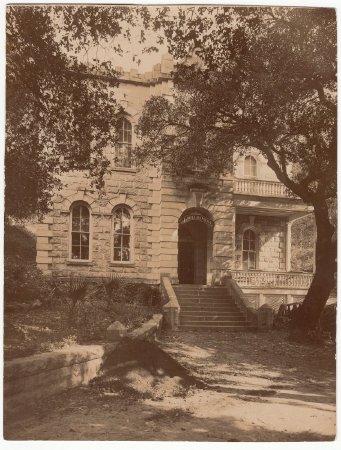
the “Clubhouse” (date unknown)
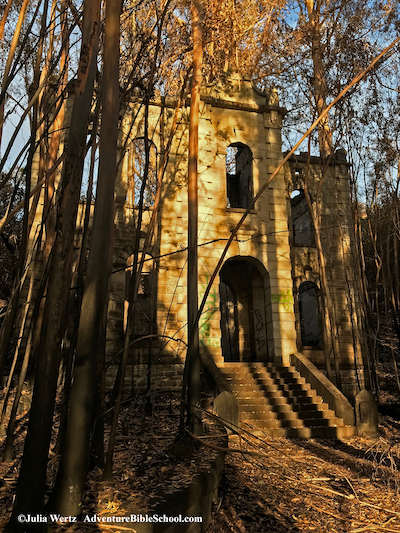
the Clubhouse in 2017 after the Atlas fire
Around 1860, the Napa Soda Water bottling company was established, using the natural mineral springs to make their water. There was a flurry of lawsuits regarding the property, and in 1861, an attack on the workers at the springs led to the destruction of the bottling building. Shortly after, “masked men set afire the bottling works” as part of a property dispute. The bottling company was quickly rebuilt.
The bottling company continued to run while a new resort hotel was constructed. Then, “on April 21st, 1877, a Saturday night ball introduced the just completed Rotunda.” Complete with a band and “upper class” dinner, it opened with 75 elite couples in attendance.
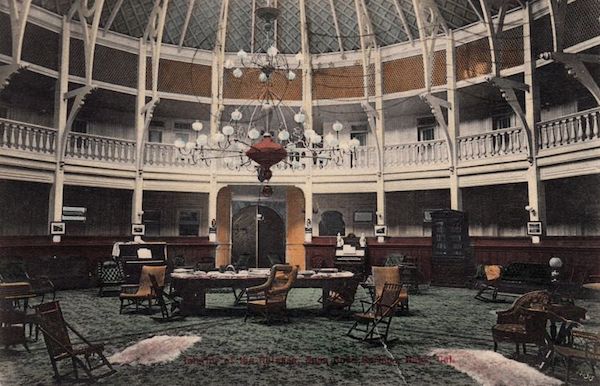
The Rotunda in 1907

The rotunda in 2019 pre-Atlas fire but after a smaller fire in 2011
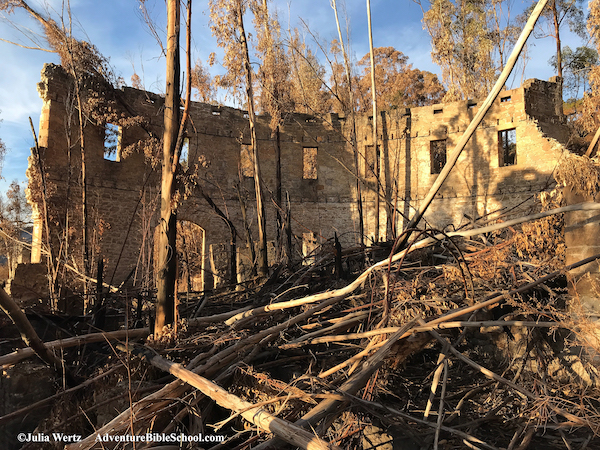
the rotunda in 2017, right after the Atlas fire
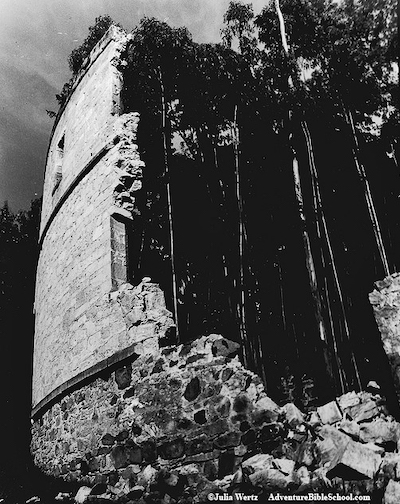
The rotunda in 1999. One of the few actual film photos I developed in the darkroom at my school.
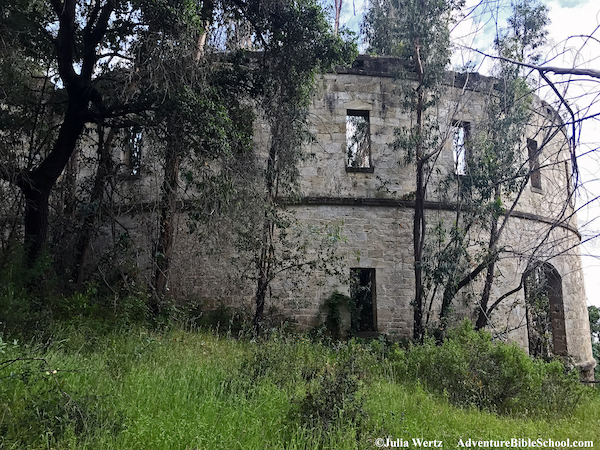
the Rotunda in 2013
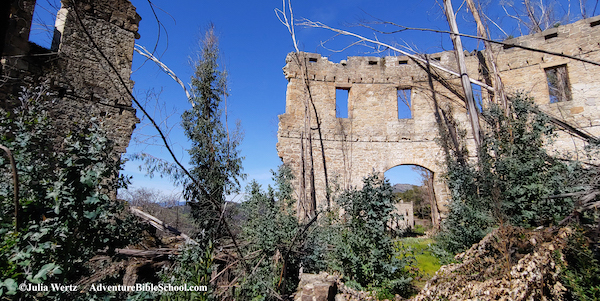
The Rotunda in 2019
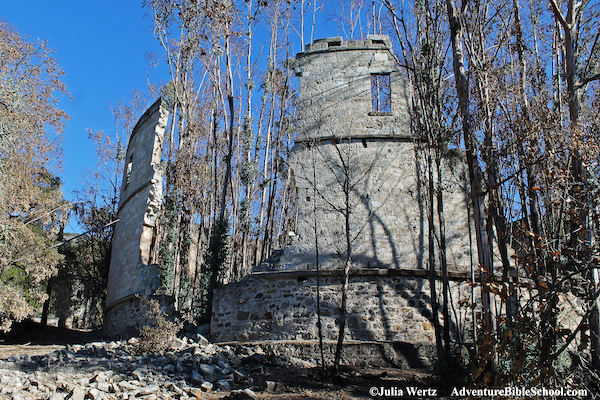
The Rotunda in 2017 post-Atlas fire
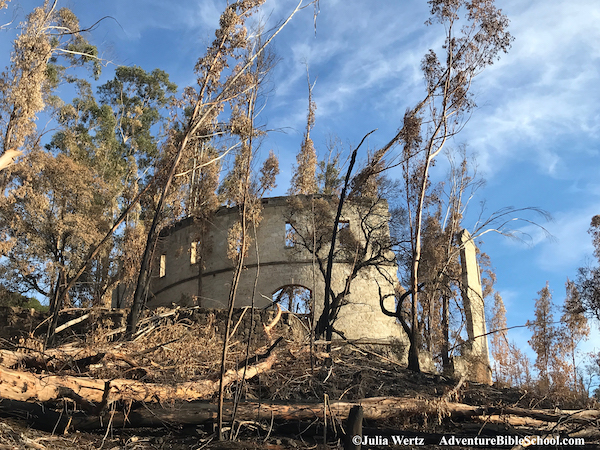
The Rotunda in 2017 post-Atlas Fire
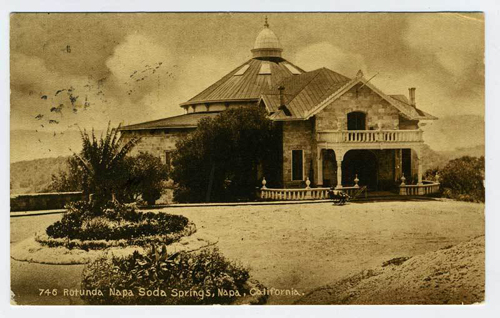
The Rotunda from the back in the late 1800s
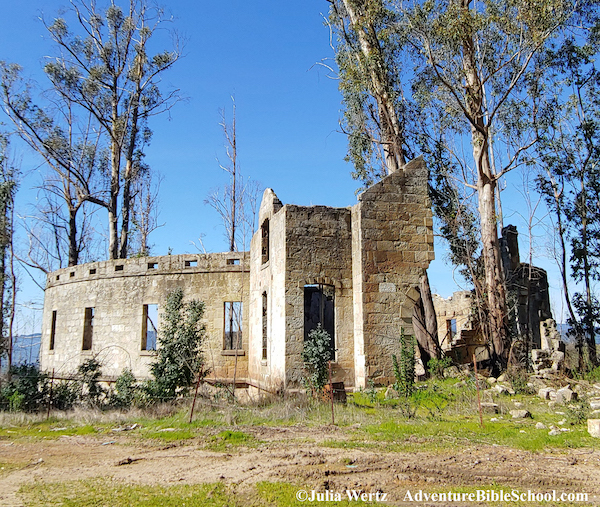
The Rotunda from the back in 2019
In 1881, the resort opened and in January 1886, “The Napa County Reporter reports that the springs will now be open year-round. It goes on to say that it’s a great stimulant to the local economy, and what’s good for Napa Soda Springs resort is good for Napa. It notes that the previous June, the resort spent $1000 on meat alone.”
Side note: The Napa County Reporter is still around in its current form- the Napa Register- and, coincidentally, my ma is married to the paper’s city editor. Second side note: The only other Napa resident who seems to have taken an interest in the history of the resort, and even wrote the book called The Haunting of Napa Soda Springs, was my college professor Lauren Coodley. She is also the mother of one of my friends from grade school through high school. He even accompanied me a few times to the castle, but I wasn’t privy to this information at the time. (Actually, it’s entirely possible that I was, but we used to smoke weed up there, so it’s understandable that I’d have forgotten.)
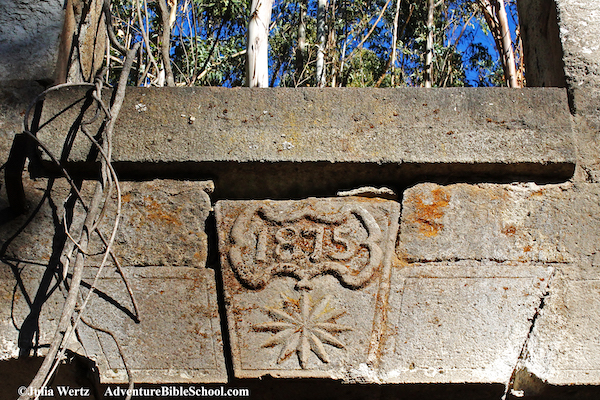
This dated keystone corresponds with the year a new bottling building was erected, but the property had been operational since 1856.
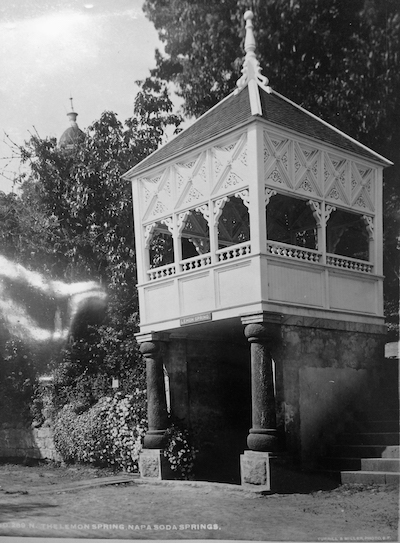
Lemon Spring in early 1900’s
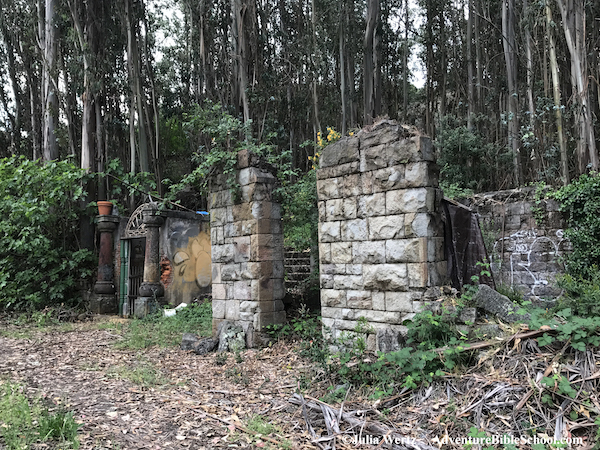
Lemon Spring in 2011
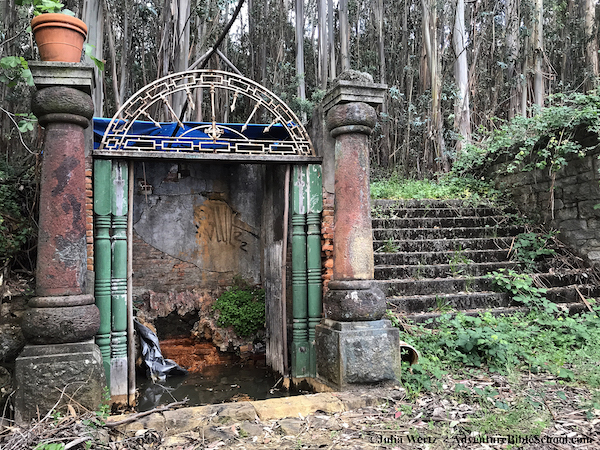
Lemon Spring in 2011
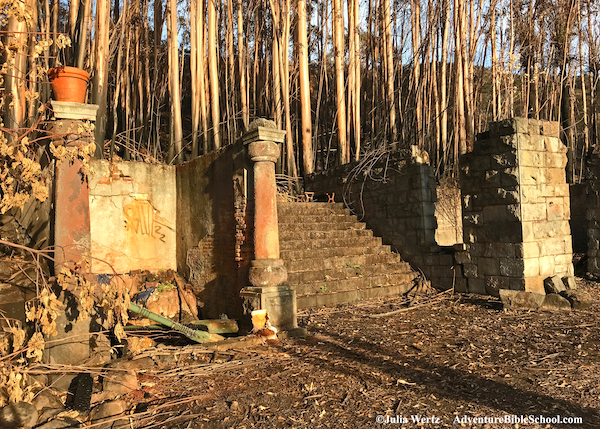
Lemon Spring in 2017 post-Atlas Fire
In 1895 “The Napa Register (previously the Napa County Reporter) reports the wonders occurring at the springs. It suggests that the tallest century plant ever known in California is blooming…almost reaching 40 feet in height, and the bottling plant is shipping two million bottles annually.” That century plant was the stuff of lore to us in high school. Rumors circulated that it was a rare plant that only bloomed once a century. In truth, century plants are incredibly common and they bloom once in their lifetime, which is anywhere from 10-30 years. The property is full of them.
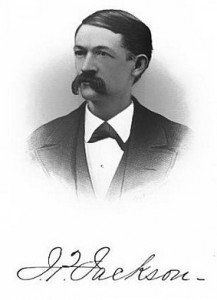
Jackson, of Jackson’s Napa Soda
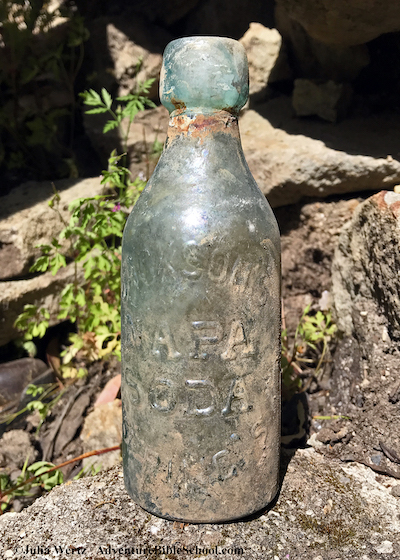
Jackson’s soda bottles can still be found amongst the ruins
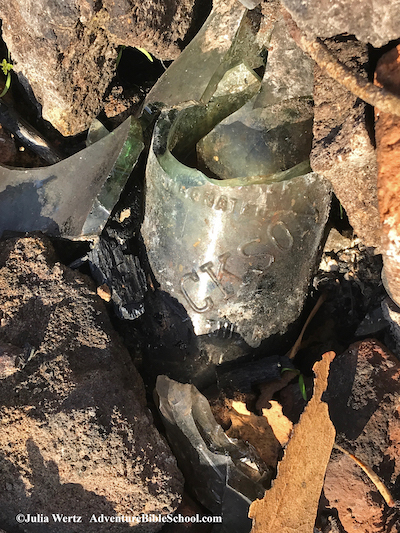
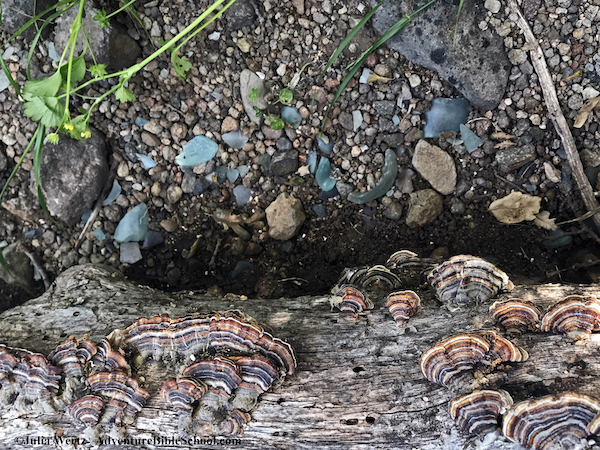
Bits of soda bottle that have washed down into the creek at the bottom of the hill
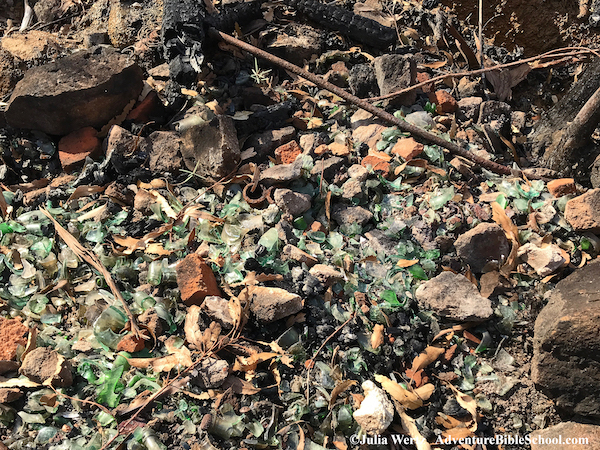
The soda bottles were dumped over the side of the hill and covered, but subsequent fires and storms have uncovered the remaining debris
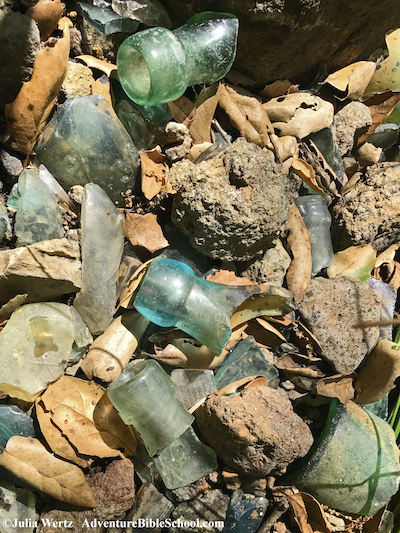
In 1889, “The Napa Register reports Jackson’s new residence–Bellvue–is almost done.”
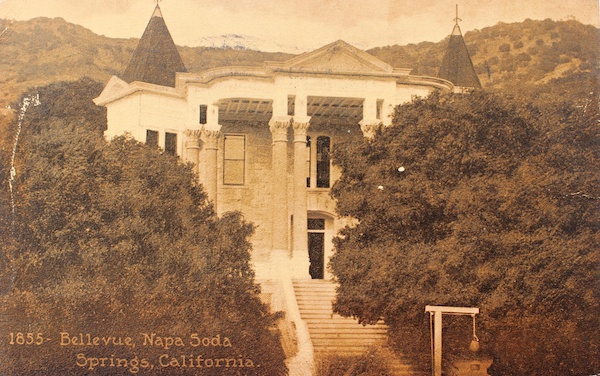
Bellevue in 1855. (None of Bellvue remains today.
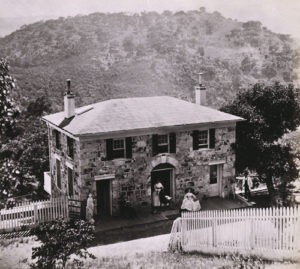
This structure (which has been cited as a residence, the servants quarters, and stable) is gone…
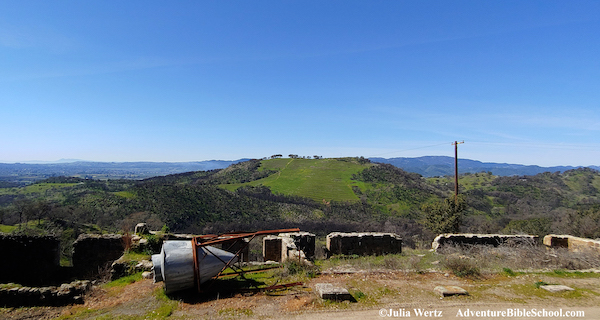
…however this is the mountain that appears behind it, now half covered in vineyards.
In the 20th century, “vacation habits changed, and the Napa Soda Springs Resort began a slow decline. The First World War and Prohibition lead to the closing of its doors to guests.”
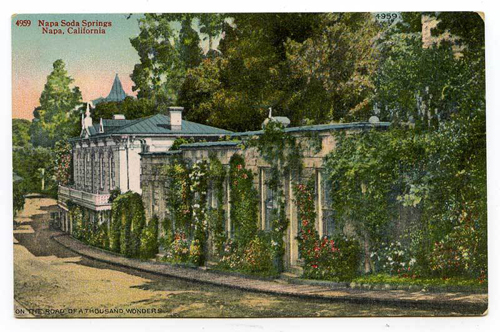
the “road of a thousand wonders” in late 1800s
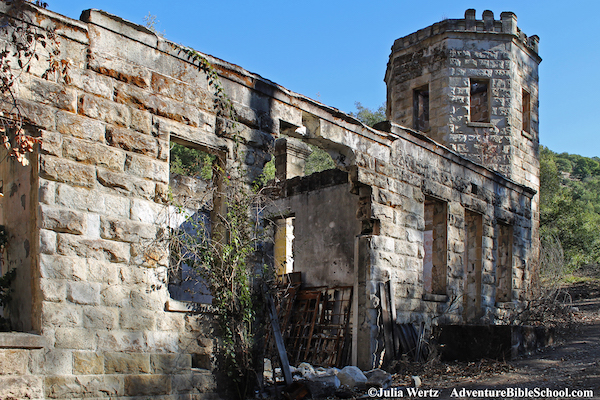
the “road of a thousand wonders” in 2013
Two more fires went through the area, totaling, as far as I can dig up from reports, four fires during operational times. After a fire in the 1960s, the resort and bottling plants were finally abandoned.
The property had two sets of main gates. One was (and still is) at the base of the property off Soda Canyon Road (as shown below) and the other gate was (and still is) off Soda Springs Road.
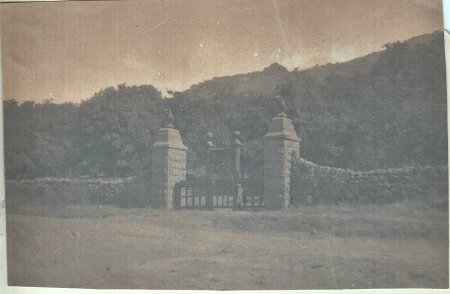
Soda Canyon Road gates, undated photo
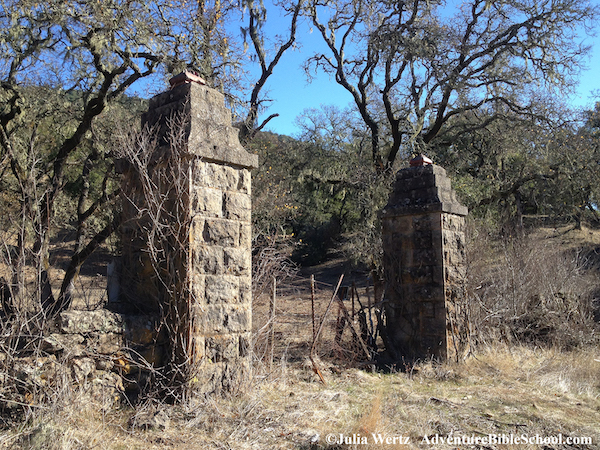
Soda Canyon Road gates in 2019
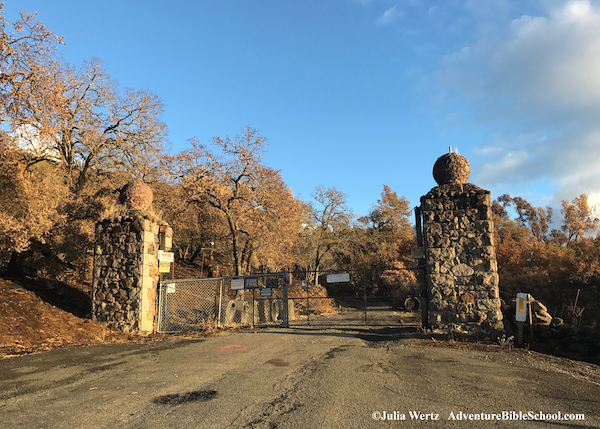
Soda Springs Road gates, in 2017 after the Atlas fire
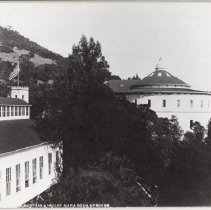
View of bottling works & the Rotunda circa early 1900’s
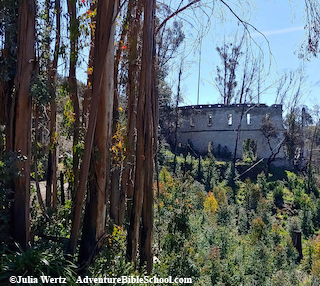
the Rotunda in 2017
In the years after abandonment, multiple fires went through the area, the worst being the devastating 2017 Atlas fire. As of 2019, the property and the ruins are for sale.
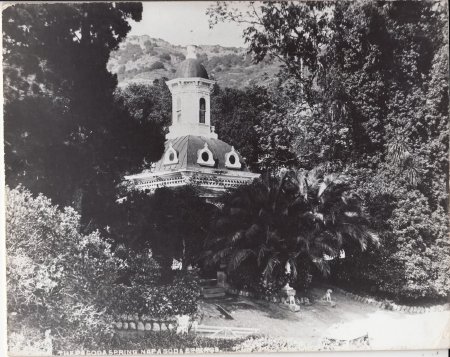
The Pagoda (above) was a spring/fountain that appeared on the front of the Spring’s brochure (the 3rd photo in this piece.) In the 1960s, after the resort was abandoned, an unknown photographer took photos of the Pagoda’s collapse (below.)
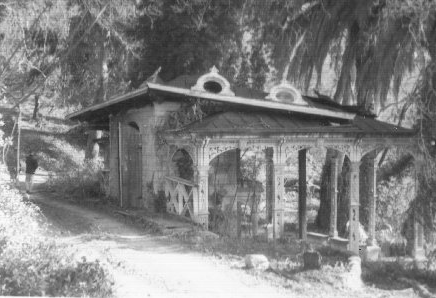
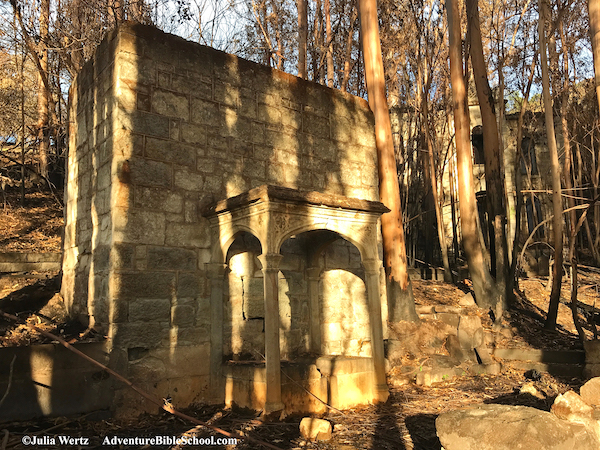
What remains of the Pagoda in 2017, post Atlas fire.
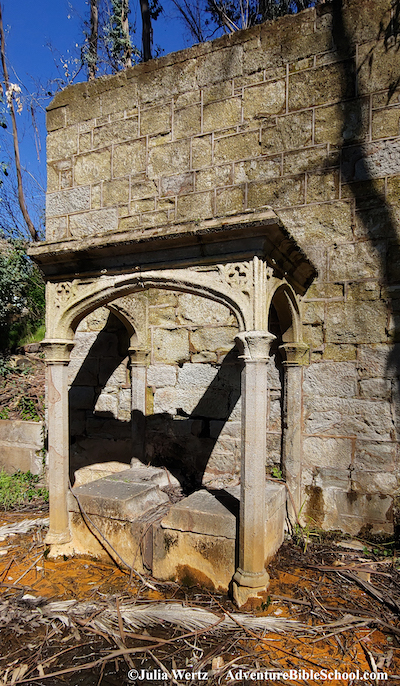
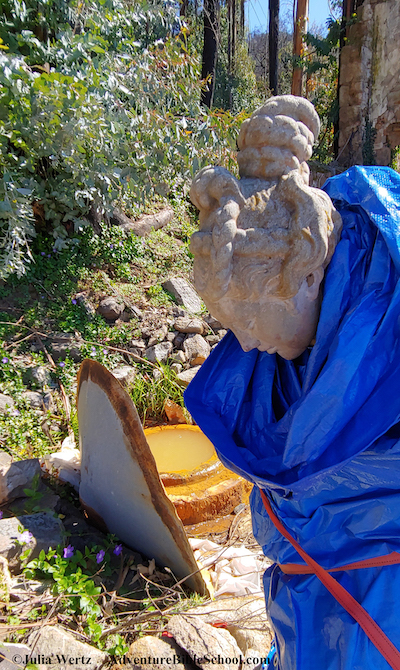
Sometime after the Atlas fire in 2017, this statue appeared on the grounds, wrapped in a blue tarp.
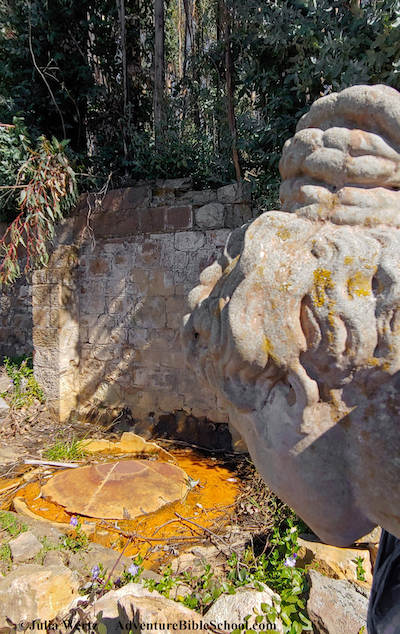
Without any official information, I’d like to think it was uncovered during the fire, which cleared the grounds substantially. The forest around the ruins had been thick for years, despite other fires on the grounds. But the Atlas fire was part of the devastating Northern California wildfires in Napa and Sonoma Counties of November 2017 that killed 46 people. The Atlas fire burned all the trees and vegetation around the Soda Springs.
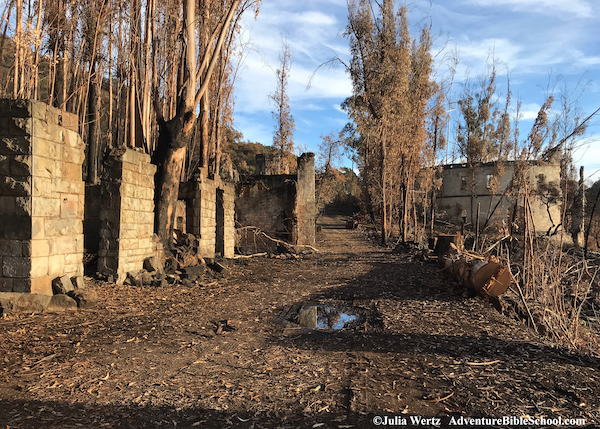
In the aftermath of the fire, previously concealed old roads were suddenly visible, as seen below.
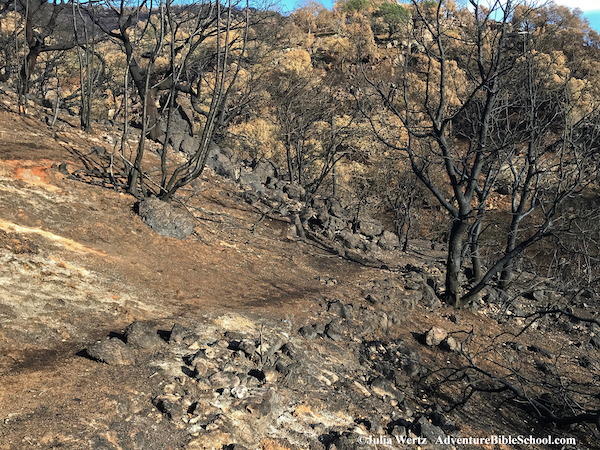
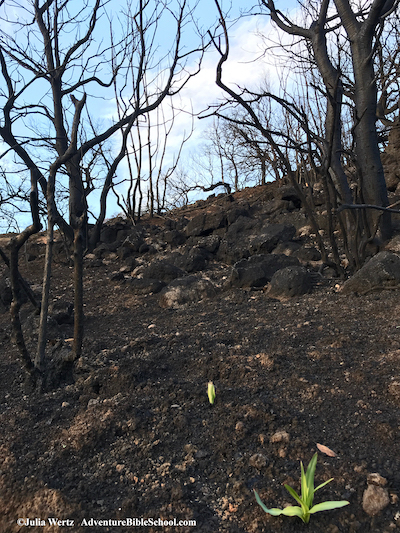
Although the fire devastated the grounds, it didn’t take long to see vegetation start to pop up. By 2019, grass and bushes had grown back. Some of the eucalyptus recovered, but most of the trees had to be felled and hauled away. The photo above was taken right after the fire.
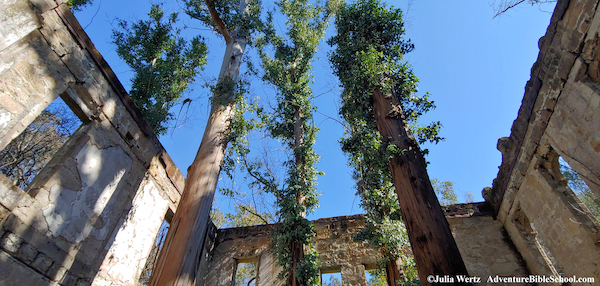
inside the clubhouse
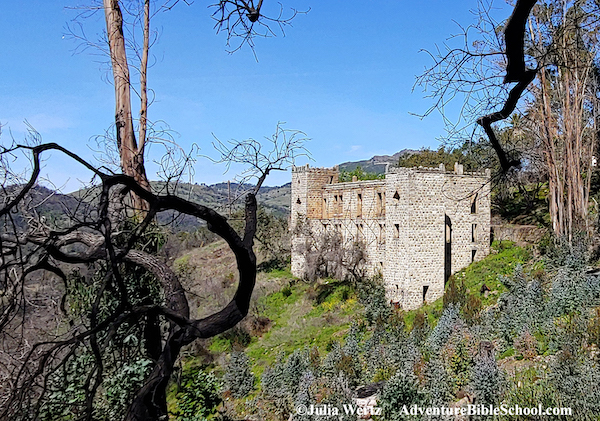
view from the Rotunda
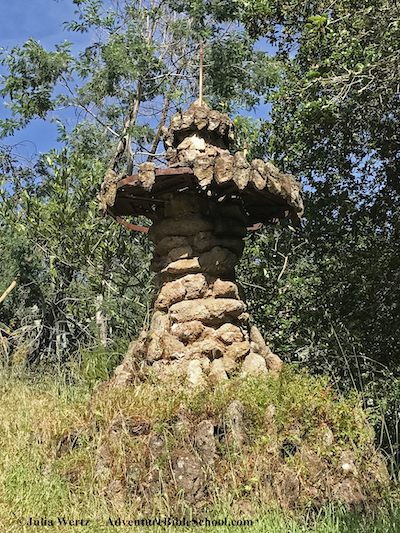
a fountain
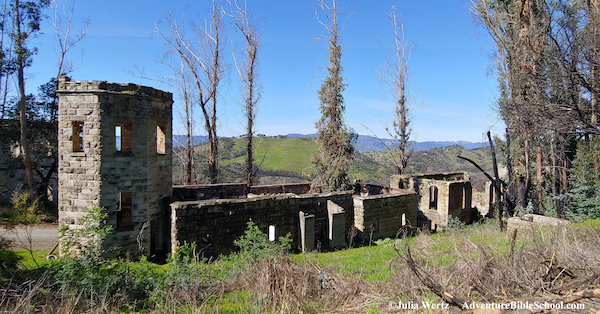
behind the tower & walkway
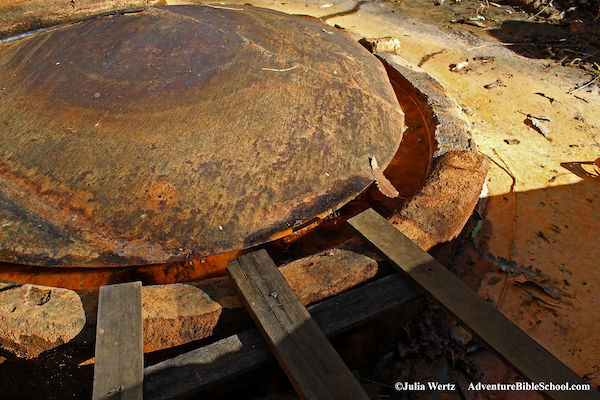
remaining springs that are still going
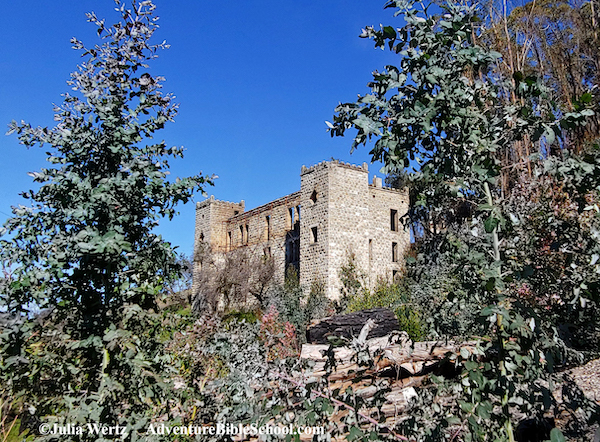
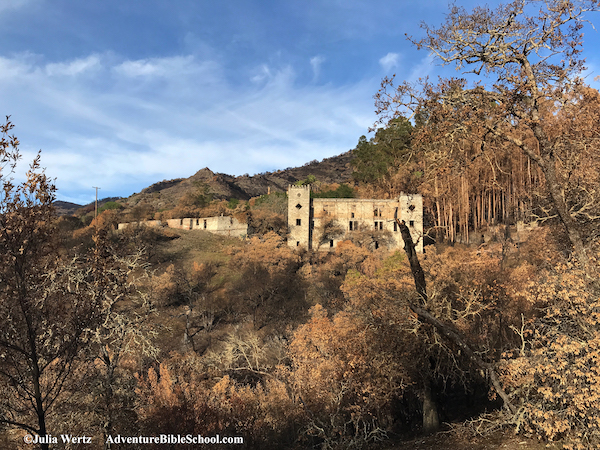
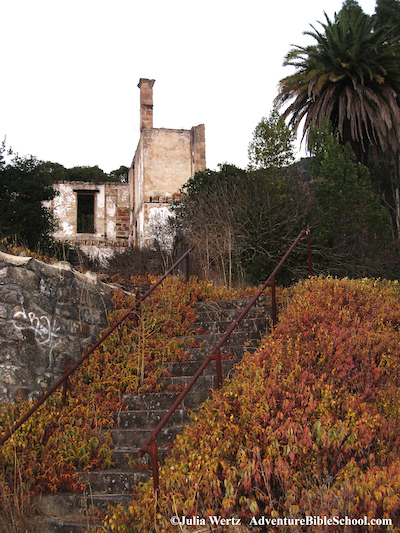
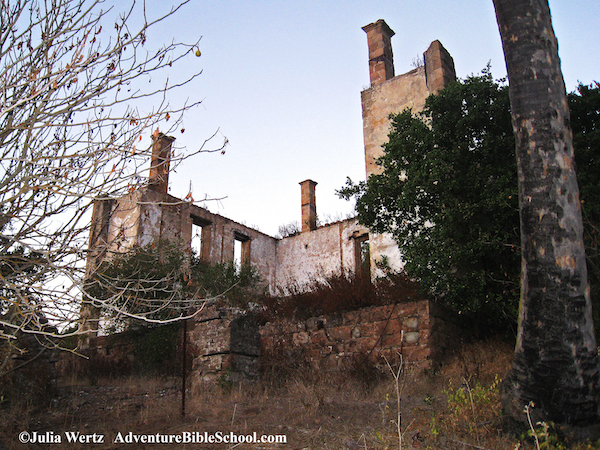
Sources:
Wine Merchant History Project
The Napa Historical Society
The Napa Library
Addendum: If the current owner of the property reads this, please note that I do not provide anyone with directions to the ruins. Please accept my profuse apologies for trespassing. This has been my favorite place since I was a teenager, and it’s very special to me, so one would not be remiss to call it a crime of passion. Please don’t sue me.
______
Disclaimer: If any information is incorrect, if you have more info, or if you’d just like to tell me something, feel free to contact me.
To support my work and see new comics, go here. To buy books, original artwork, merch, and more, visit my website store. Follow me on instagram.
